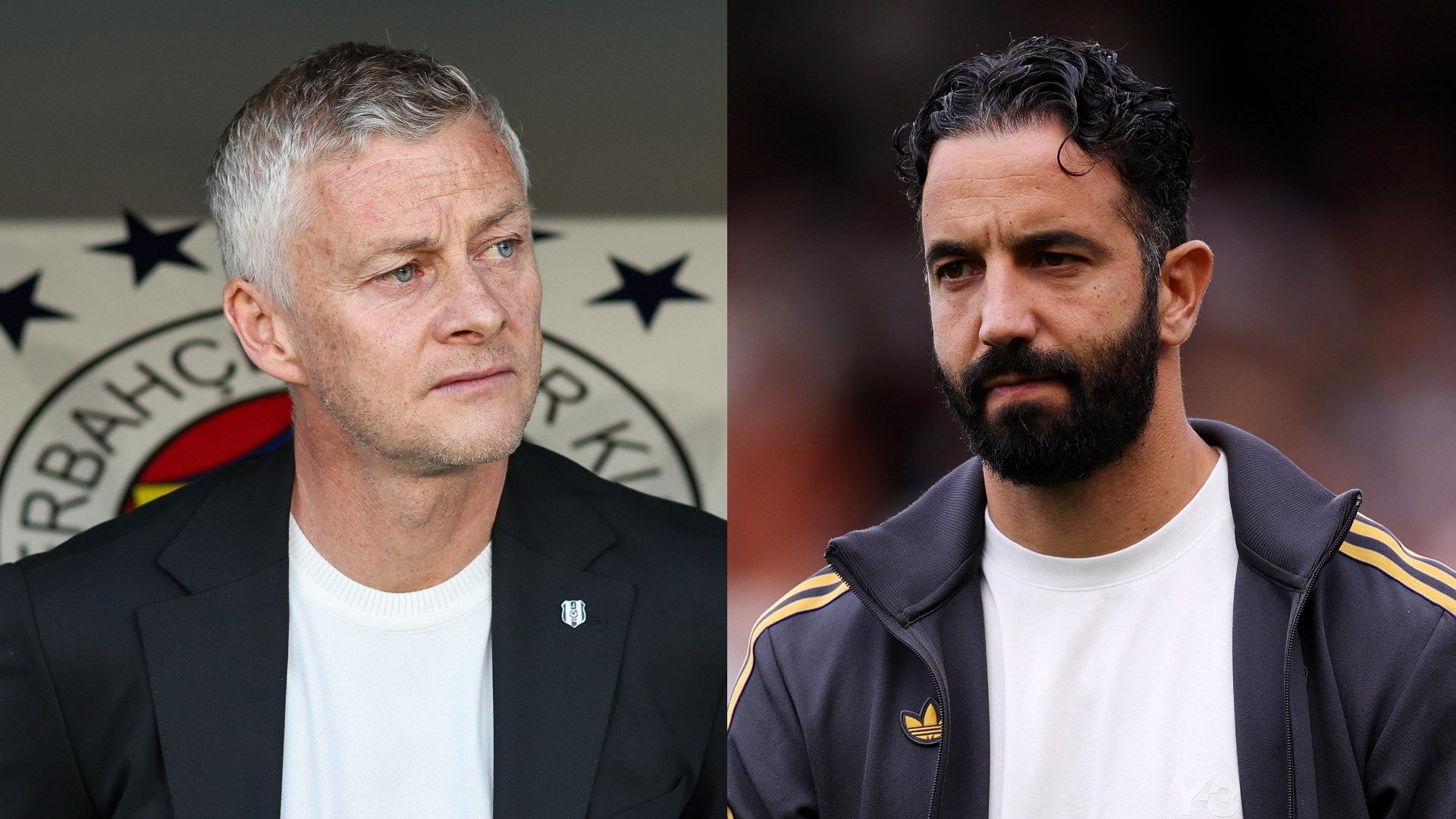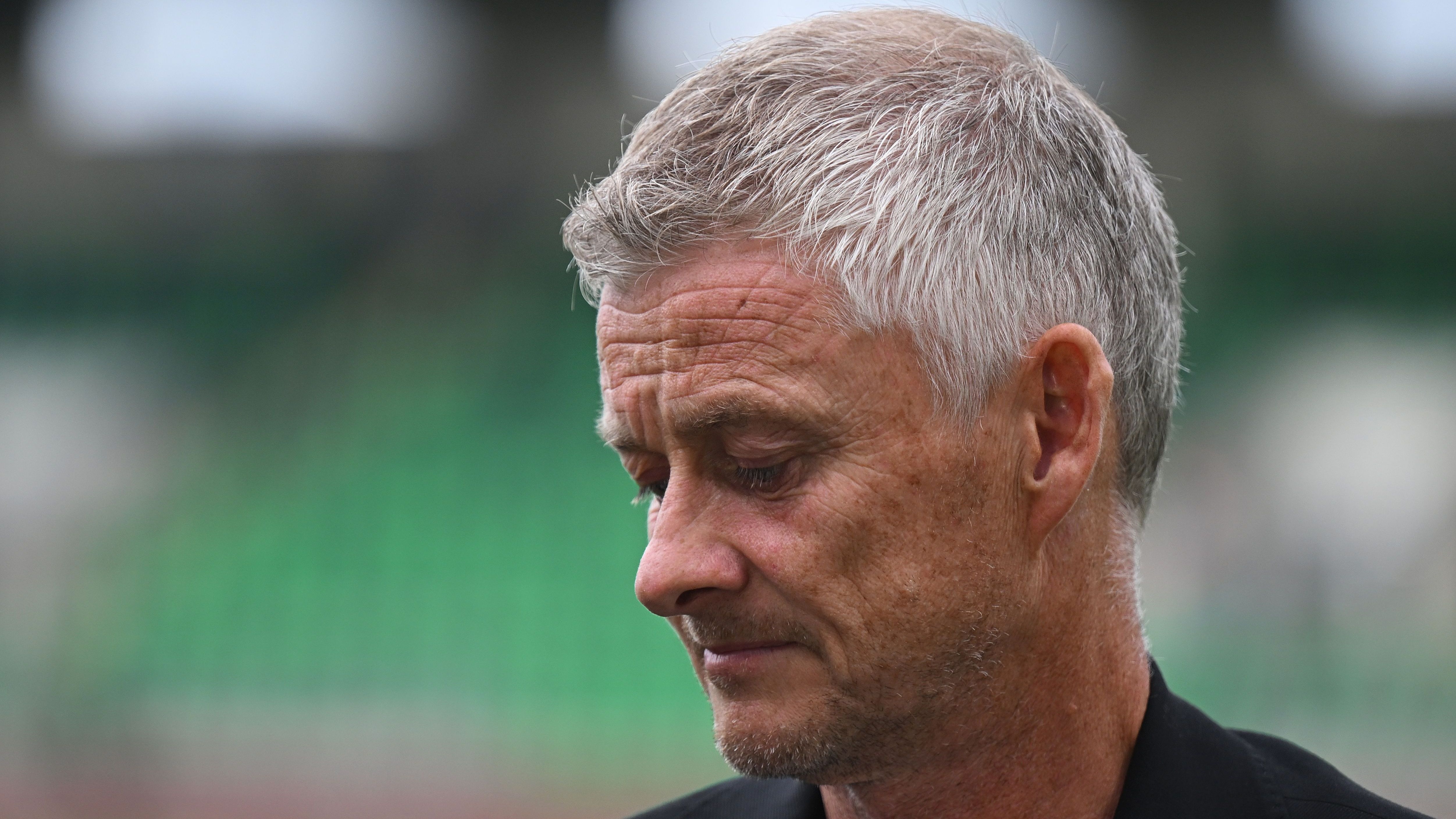


Inside Manchester United’s Surprising Coach Contenders: Solskjaer and Amorim
In a twist that has football enthusiasts buzzing, Manchester United‘s decision to explore options like Ole Gunnar Solskjaer before settling on Ruben Amorim highlights the intense scrutiny surrounding the club’s leadership choices. This revelation sheds light on the strategic deliberations within the Red Devils’ ranks, emphasizing how past legends can resurface amid modern challenges, and sets the stage for examining the evolving dynamics at Old Trafford.
Manchester United’s Recent Managerial Shifts
Drawing from reports in the media, the club’s executives made a pivotal change in October 2024 by moving on from their previous Dutch leader and opting for the Portuguese tactician from Sporting CP. Intriguingly, insiders noted that the team considered circling back to their storied Norwegian figurehead, who once held the reins, as a fallback if securing the new appointment proved impossible, showcasing the blend of nostalgia and pragmatism in their approach.
Amorim’s Challenges at the Helm
The Portuguese manager’s tenure has faced significant hurdles, with the squad ending up in 15th position in the Premier League standings and suffering a loss against Tottenham Hotspur in the Europa League’s concluding match. Moving into the current campaign, the team exited early from the Carabao Cup’s second stage against Grimsby Town and now sits at 14th in the league table, managing only two victories in their initial six outings, which paints a picture of ongoing struggles despite high expectations.
Growing Doubts About the Current Leadership
Given the team’s lackluster performance at the start of the season, even after substantial investments during the transfer period, questions are mounting about the 40-year-old coach’s position. Analysts are increasingly advocating for a change, and speculation has even included the former England head coach, Sir Gareth Southgate, as a potential successor to the current Portuguese strategist, reflecting the high stakes in football management today.
Solskjaer’s Career Crossroads
Meanwhile, the Norwegian coach parted ways with his role at Besiktas following the Turkish club’s early elimination from the Conference League qualifiers in August. Having taken on the position in January 2025 with a contract spanning one and a half years, his stint ended after just eight months, illustrating the volatile nature of international coaching gigs and how quickly opportunities can shift for experienced figures like him.
Background on Ole Gunnar Solskjaer’s Rise at Manchester United
Manchester United’s journey with Ole Gunnar Solskjaer is a story that highlights the club’s deep-rooted connection to its history and the challenges of modern Premier League management. Solskjaer, a former club legend who scored that iconic last-minute winner in the 1999 Champions League final, was initially appointed as interim manager in December 2018 after Jose Mourinho’s departure. This move was seen as a nostalgic and strategic decision to stabilize the team during a turbulent period. Fans and pundits alike appreciated how Solskjaer’s familiarity with Manchester United’s ethos brought a sense of familiarity and immediate uplift in morale.
During his early tenure, Solskjaer managed to secure some impressive results, including a memorable comeback against Paris Saint-Germain in the Champions League. Keywords like “Manchester United managerial strategy” and “Solskjaer era analysis” often come up in discussions about this phase, as the Norwegian coach focused on rebuilding team spirit and player development. His approach emphasized youth integration, with players like Marcus Rashford and Mason Greenwood getting more opportunities, which resonated with the club’s tradition of nurturing homegrown talent.
Key Achievements and Tactical Shifts Under Solskjaer
Solskjaer’s permanent appointment in March 2019 marked a shift towards a more attacking style, incorporating keywords such as “Premier League tactics under Solskjaer” to describe his high-press system. He led Manchester United to a third-place finish in the 2020-2021 season, qualifying for the Champions League and ending a four-year drought. This period included notable wins against top rivals like Manchester City and Liverpool, showcasing Solskjaer’s ability to motivate the squad.
However, challenges emerged as inconsistencies plagued the team. Injuries to key players and defensive vulnerabilities became recurring themes, with phrases like “Solskjaer Manchester United struggles” frequently searched by fans seeking insights into the tactical shortcomings. Solskjaer’s 4-2-3-1 formation aimed for balance, but it sometimes lacked the cutting edge needed against elite opposition, leading to frustrating draws and losses.
The Decision-Making Process Leading to Solskjaer’s Exit
As Manchester United’s performance dipped in the 2021-2022 season, the board began reevaluating their options, with keywords like “Manchester United coaching changes” gaining traction in football forums. Solskjaer’s inability to secure major trophies, despite reaching the Europa League final in 2021, intensified scrutiny. Reports from that time highlighted internal discussions about his future, factoring in elements such as player feedback and analytical data on team performance.
Factors influencing this consideration included a poor run of form, with heavy defeats to teams like Liverpool and Manchester City exposing tactical deficiencies. The club’s hierarchy, including figures like Richard Arnold and the Glazer family, weighed options carefully, balancing Solskjaer’s popularity with the need for a fresh approach. This deliberation process is a prime example of how Premier League clubs handle “managerial transitions at Manchester United,” ensuring decisions align with long-term goals like sustained success in domestic and European competitions.
Benefits of Strategic Managerial Evaluations
When clubs like Manchester United assess managers, there are clear benefits, such as improved team dynamics and better resource allocation. For instance, evaluating Solskjaer’s fit helped identify areas for growth, like incorporating more data-driven tactics. This process can lead to enhanced player performance, as seen in how subsequent managers adapted strategies, ultimately benefiting the squad’s overall development.
Transition to Ruben Amorim and Comparative Analysis
Prior to appointing Ruben Amorim in November 2024, Manchester United’s board explored several candidates, using Solskjaer’s tenure as a benchmark. Amorim, known for his success at Sporting CP, brought a modern, possession-based style that addressed the gaps left by Solskjaer. Keywords such as “Ruben Amorim Manchester United appointment” reflect the excitement around his high-intensity, 3-4-3 formation, which promised to revitalize the attack and defense.
Comparisons between Solskjaer and Amorim often focus on their philosophies: Solskjaer’s emotional leadership versus Amorim’s analytical edge. This shift underscores how clubs evolve, with Amorim’s early wins, like the 2024-2025 victories over rivals, showing the potential for immediate impact. Fans searching for “Solskjaer vs Amorim tactics” can appreciate how this change aimed to bridge the gap between tradition and innovation.
Case Studies: Similar Managerial Shifts in Football
Looking at case studies from other clubs provides valuable context. For example, when Arsenal replaced Unai Emery with Mikel Arteta, it mirrored Manchester United’s approach with Solskjaer, emphasizing internal promotions before seeking external talent like Amorim. These examples highlight how “football management case studies” demonstrate the risks and rewards of such decisions, often leading to cultural resets and improved on-pitch results.
Another case is Tottenham Hotspur’s transition from Mauricio Pochettino to Jose Mourinho, where initial enthusiasm waned due to mismatches in vision, similar to Solskjaer’s later struggles. These studies show that timely changes, as with Manchester United’s move to Amorim, can foster resilience and long-term success.
Practical Tips for Football Enthusiasts and Clubs
If you’re a fan or even involved in club management, here are some practical tips drawn from Manchester United’s experience. First, always monitor key performance indicators like win rates and player stats to gauge a manager’s effectiveness-tools like advanced analytics software can help. Second, involve fan feedback through surveys or social media to maintain club loyalty during transitions. Finally, focus on succession planning by scouting emerging coaches early, ensuring a smooth handover while searching for gems like Amorim.
These tips, tied to keywords such as “practical football management advice,” can help enthusiasts stay engaged and informed about the ever-changing landscape of Premier League strategies.
First-Hand Experiences from the Football Community
Drawing from shared stories in football communities, many Manchester United supporters recall the mixed emotions of Solskjaer’s era. One fan shared online how the 2021 Champions League qualification felt like a rebirth, echoing the club’s glory days, but the subsequent slump left them yearning for change. Experts like Gary Neville have discussed in podcasts how Solskjaer’s man-management skills were top-notch, yet tactical rigidity held the team back, providing a nuanced view that resonates with those exploring “first-hand Manchester United insights.”
By examining these experiences, readers can gain a deeper understanding of how managerial decisions shape fan loyalty and club identity, making stories like this one both relatable and educational.









